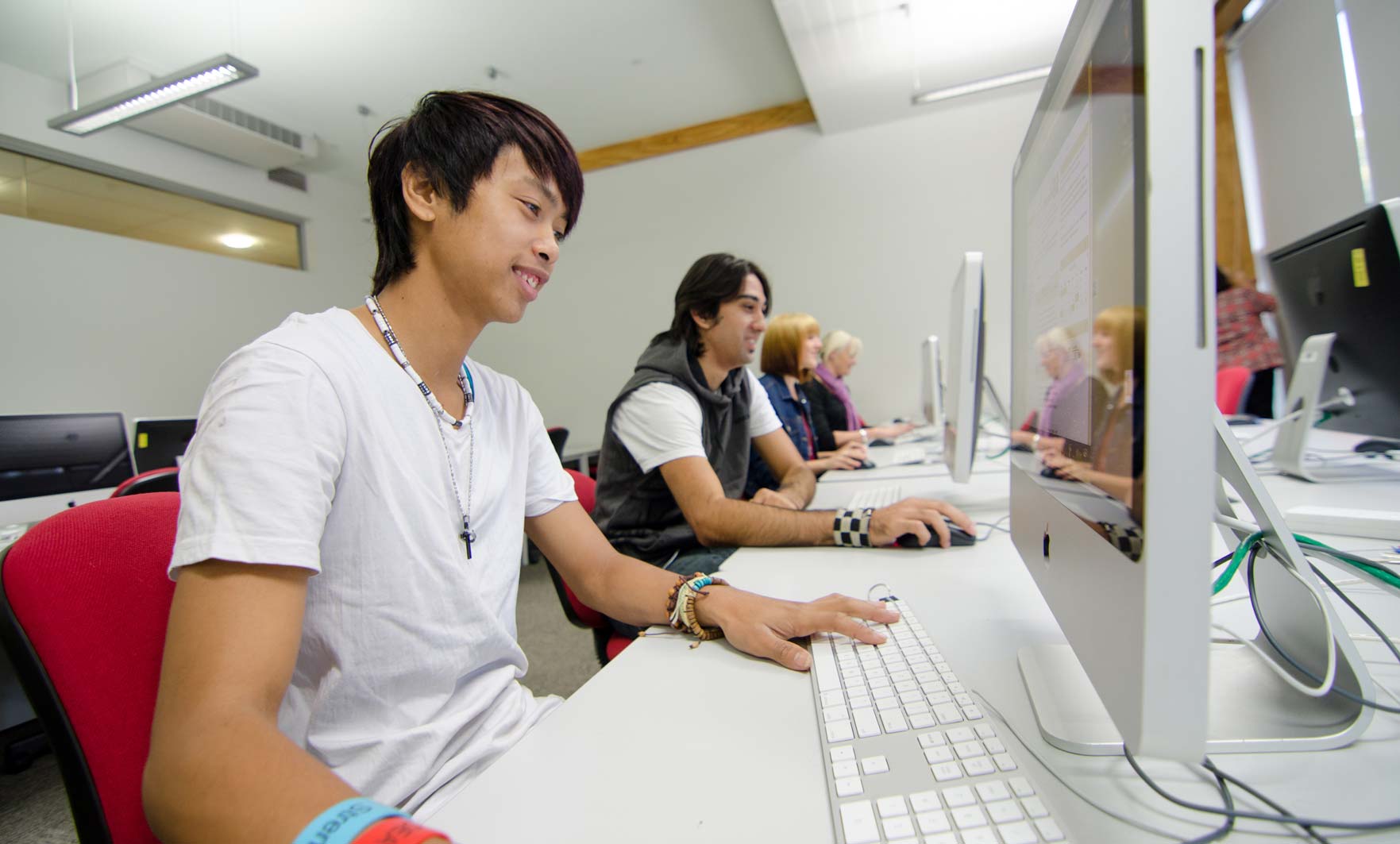Ask a question or call 0800 422 733
Graphic Design: Promotional Artwork Training Scheme
-
NMIT is part of Te Pūkenga
This means that you will now graduate with a Te Pūkenga qualification. Read more
-
Locations and dates
Online:
22 July 202417 February 202514 July 2025 -
Study options
Online
-
Length
One semester including a 2 week study break
-
Total credits
20
-
Fees
2024: $309 plus $41 Student Services Levy
A Compulsory Student Services Levy applies ($2 per credit).
Fees listed are for each year of the programme, indicative only and may vary with course selection.
View course details for individual fees. -
National qualification code
NE4952
This graphic design online course introduces you to the principles of promotional artwork.

Effective promotional artwork is both eye-catching (visually appealing, attention-grabbing) as communicative - transferring an intended message, idea or emotion to the viewer. Successful promotional artwork has an effect that is directly connected to its purpose.
Posters need to be clear and concise, giving information quickly and be legible (easy to read), especially from a distance. Sometimes designers may choose to put greater emphasis on aesthetics than on legibility, depending on the poster’s purpose. In most situations though, you will want your audience to be able to take in the information without too much effort.
Flyers allow for more detailed information as people can take them home and decide/read more later.
Great promotional artwork is likely to be so because of its conceptual and/or visual ingenuity. It has the power to remain interesting long after the first time you have seen it. The lasting power of designs can usually be contributed to a combination of some of the following characteristics:
- an original and clever concept
- a balanced, well thought-through composition
- eye-catching imagery and/or typography
- creative, stylish use of design elements
- clever application of design principles
- inventive, well-targeted copy/content
In this course we will explore all of these ‘ingredients’ and will also discuss layouts, design briefs, colour use, prepress settings, image interpretation and responsible design.
The courses have a project-by-project structure. You will be graded by your project submissions. There are four main projects to work on in total. In addition to that you will have the opportunity to engage in weekly activities online that support your learning.
Courses
Tutors
Related News
High-tech gear allows ākonga to aim high
BAM2023:Bachelor of Arts and Media ākonga exhibition
Christmas comes early at NMIT
Local artists deliver week-long exhibitions
Start your application today. You'll be glad you did.


